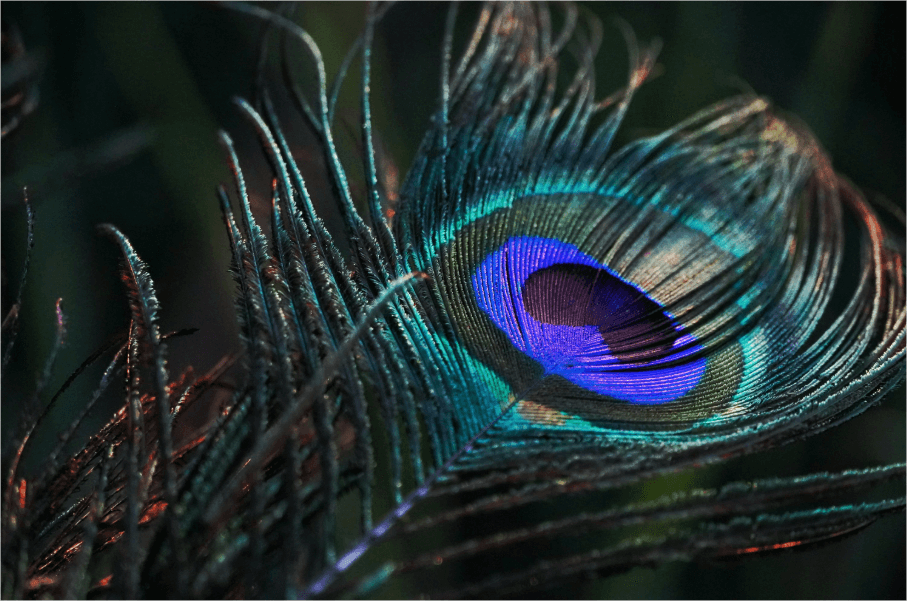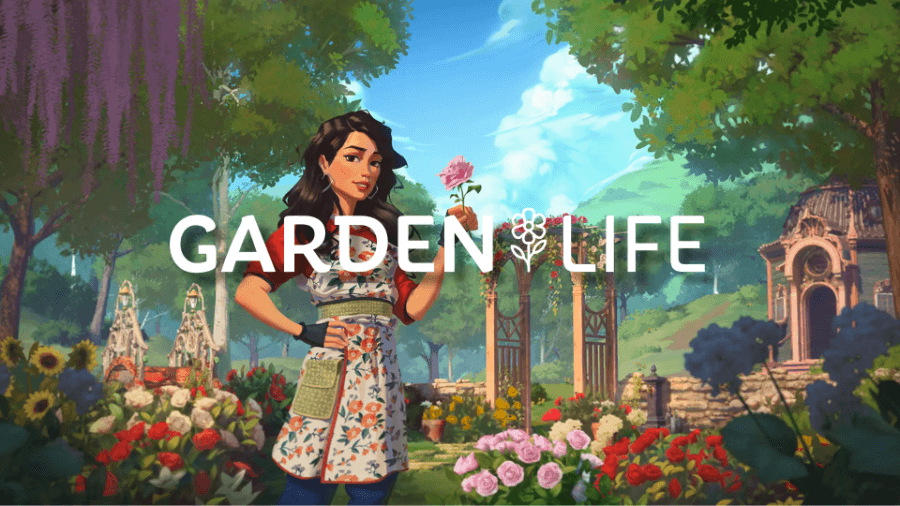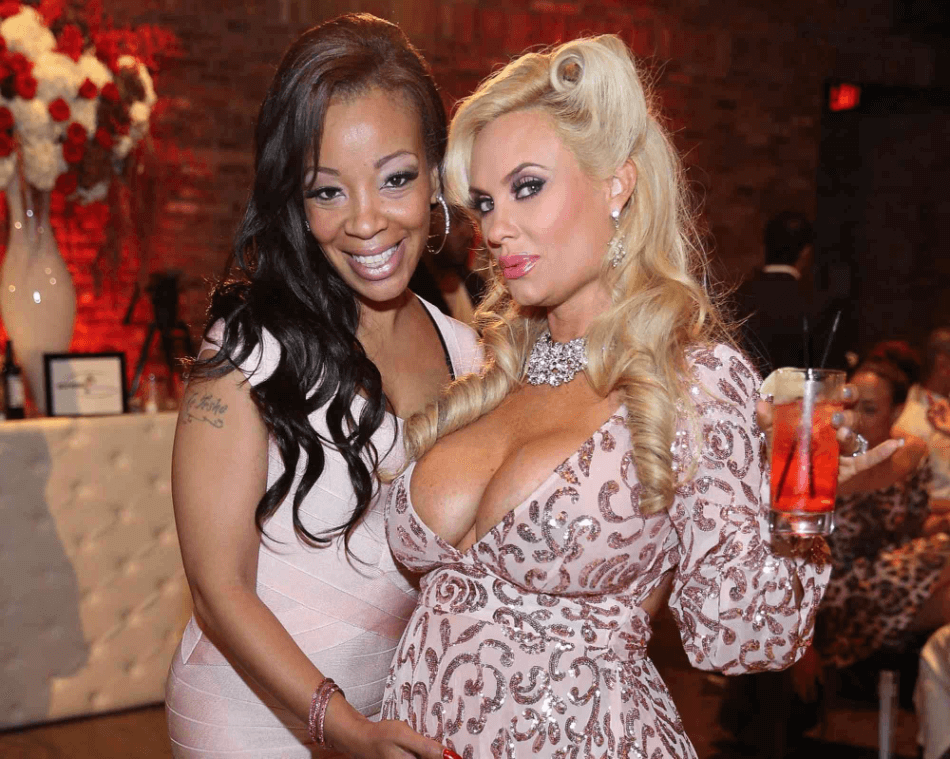📑Table of Contents:
- The Unique Beauty of Peacock Feathers
- The Peacock and Its Feathers
- Symbolism Across Cultures
- Peacock Feathers in Art and Decoration
- Spiritual and Healing Uses
- Collecting and Caring for Peacock Feathers
- Ethical Considerations
- Fun Facts About Peacock’s Feathers
- Why We Are Fascinated by Peacock Feathers
- Final Thoughts

Peacock feathers are among the most stunning creations in nature. Their vibrant colors and unique patterns have fascinated humans for centuries. But they are more than just beautiful objects. Across cultures, they hold deep meaning, symbolic power, and even spiritual significance.
In this post, we’ll explore everything about peacock feathers — from their physical beauty to their role in art, history, and culture.
The Unique Beauty of Peacock Feathers
A peacock’s feather is unlike any other in the animal kingdom. The most striking part is the “eye” pattern at the tip. This circular design is made up of vivid shades of blue, green, and gold. In sunlight, these colors shimmer due to a phenomenon called structural coloration.
This effect is not from pigment but from microscopic structures that bend light. That’s why a peacock feather can look different depending on the angle. The result is a metallic-like shine that feels magical.
The Peacock and Its Feathers
The male peacock grows the large, decorative tail feathers we often see in photos. These are not ordinary tail feathers but elongated upper tail coverts. During courtship, the peacock fans them out to impress females.
Interestingly, a peacock sheds these long feathers every year after mating season. This means that the feathers you see for sale or in art are usually collected without harming the bird.
Symbolism Across Cultures
Peacock’s feathers carry rich symbolism in many traditions.
In Indian Culture
Moreover, in India, the peacock is the national bird. Its feathers are linked to Hindu mythology, especially the god Krishna. Lord Krishna is often depicted wearing a peacock feather in his crown. The feather symbolizes purity, beauty, and divine love.
In Buddhism
Buddhists also associate the peacock’s feathers with openness and acceptance. The “eye” design serves as a reminder to recognize the truth and stay vigilant.
In Christianity
In Christian symbolism, the peacock’s feathers represent immortality and renewal. This belief originates from ancient times, when people believed that peacock flesh did not decay.
In Ancient Greece and Rome
The goddess Hera (Juno in Roman mythology) is often linked to peacocks. Myths say the “eyes” on the feathers came from Argus, a giant with many eyes.
Peacock Feathers in Art and Decoration
Artists have also used peacock feathers for inspiration for centuries. In textiles, jewelry, and home décor, the pattern adds elegance and drama.
In Victorian times, peacock motifs were popular in wallpaper and ceramics. Today, designers still use the pattern in modern fashion and interior design.
The feathers themselves can be used in floral arrangements, headpieces, or craft projects. Their natural beauty needs little enhancement.
Spiritual and Healing Uses
Furthermore, some people believe peacock feathers have protective qualities. They are used in spiritual rituals to ward off negative energy. In certain traditions, they are also considered to bring luck and prosperity.
In Feng Shui, placing peacock feathers in the home is said to attract positive energy. The “eye” patterns are thought to watch over the space, offering protection.
Collecting and Caring for Peacock Feathers
If you collect a peacock’s feathers, it’s important to store them properly. Direct sunlight can fade the colors over time. Please also keep them in a cool, dry place away from moisture.
Moreover, dust them gently with a soft brush or blow off dirt with a hairdryer set to cool. This will help them maintain their shine for years.
Ethical Considerations
Most peacock feathers on the market also come from birds that have naturally molted. However, it’s always best to buy from reputable sellers who ensure ethical sourcing. Avoid purchasing from sources where animals are harmed.
Fun Facts About Peacock’s Feathers
- A single male peacock can have over 200 tail feathers.
- The train can measure over 6 feet long.
- The shimmering colors are an optical illusion created by microscopic structures.
- Peacocks replace their feathers every year after mating season.
Why We Are Fascinated by Peacock Feathers
The allure of peacock feathers lies in both their beauty and their meaning. They connect nature’s artistry with deep cultural roots. Whether seen in a temple, worn in a dance costume, or displayed in a home, they evoke awe.
The mix of science, art, and symbolism makes them timeless. They also remind us that nature is not only functional but also capable of creating pure beauty.

Final Thoughts
Overall, peacock feathers are more than colorful decorations. They are symbols of love, beauty, protection, and also renewal. From ancient myths to modern homes, they continue to inspire and captivate.
Next time you see one, take a closer look. Notice how the colors shift with the light. Think about the stories it carries from cultures around the world. That’s the magic of the peacock feather — a blend of science, art, and spirit.





